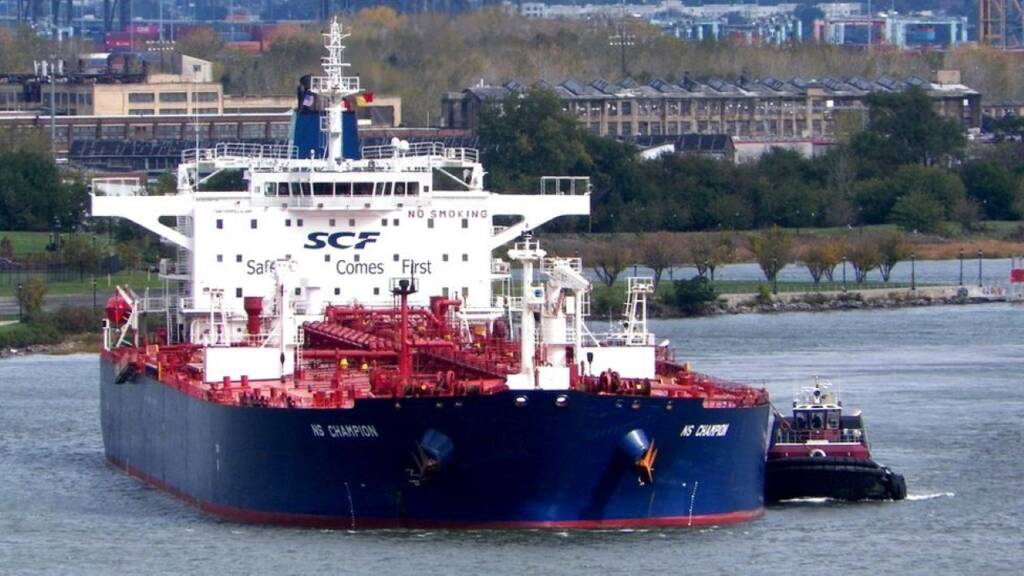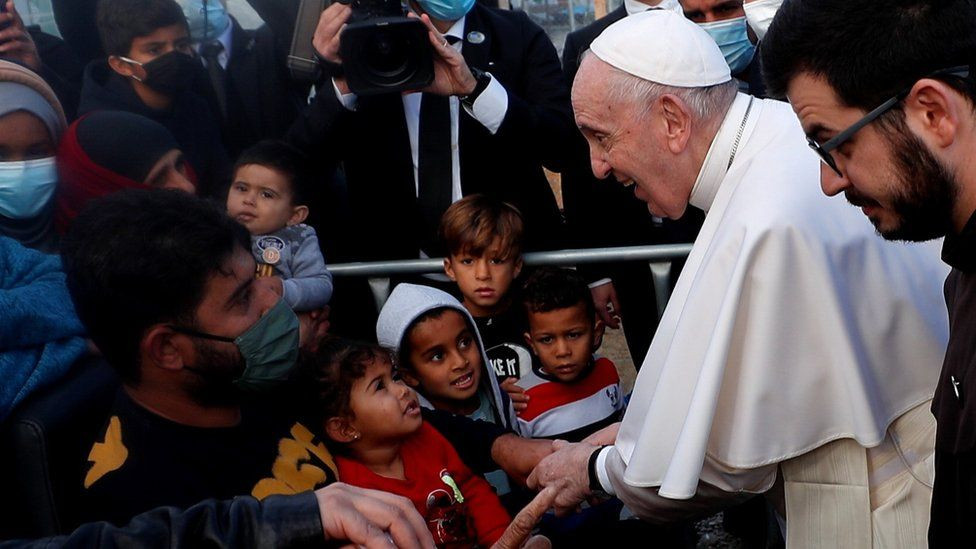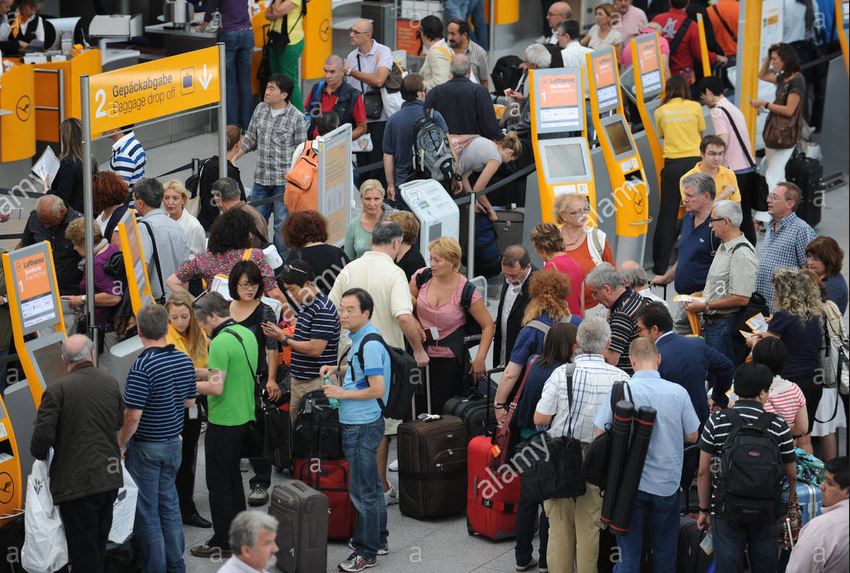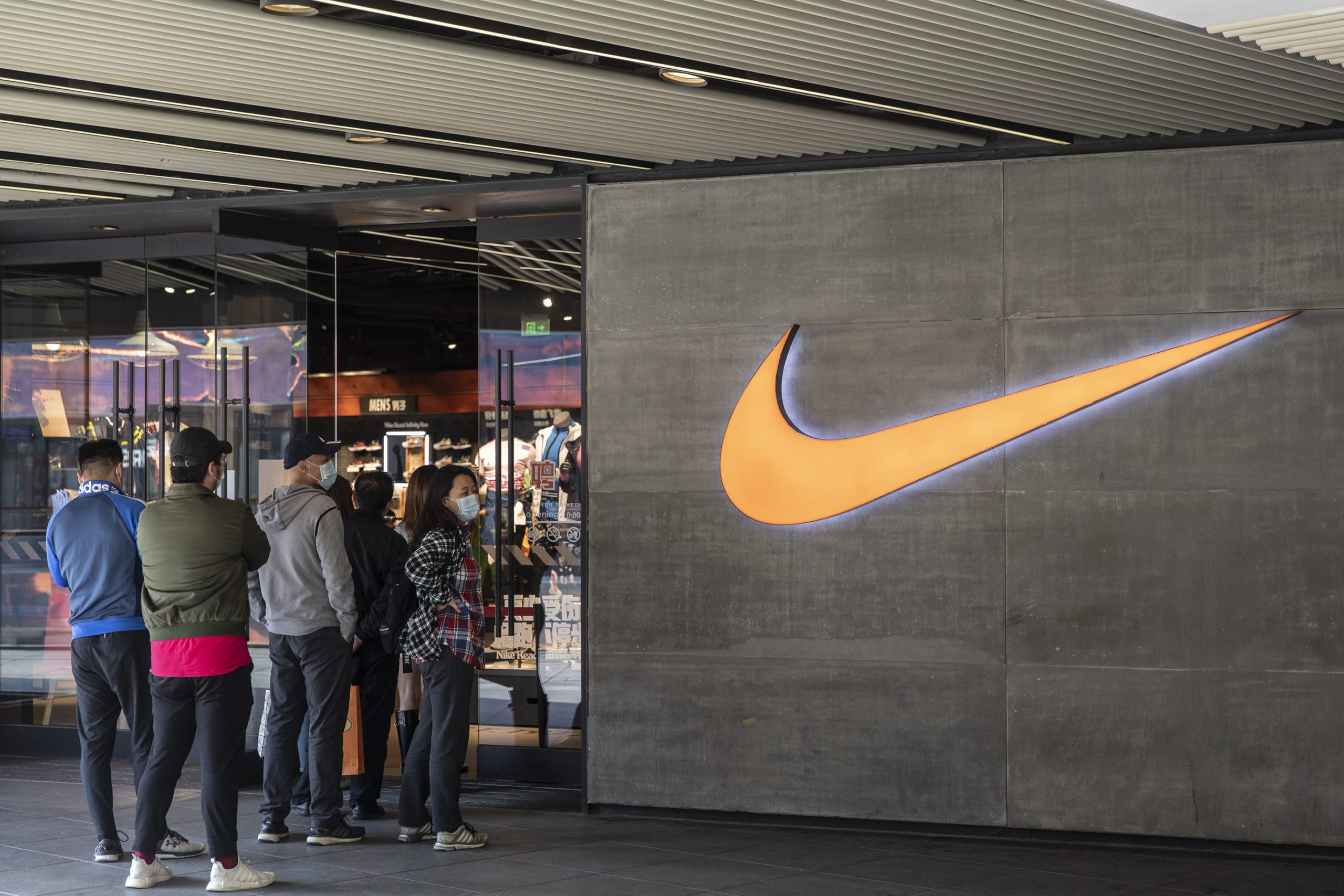News
Energy Crisis: Europe turns to Africa for gas After Russia Halt Supply
The Invasion of Ukraine and NATO sanctions on Russia is causing lots of energy supply shortage in Europe.
Dues to sanctions put on Russia to pressure it to stop its military campaign in Ukraine, Russia decided to halt all Gas supply to European countries under NATO.
A new liquefied natural gas project off Africa’s western coast may only be 80 percent complete, but already the prospect of a new energy supplier has drawn visits from the leaders of Poland and Germany.
The initial field near Senegal and Mauritania’s coastlines is expected to contain about 15 trillion cubic feet (425 billion cubic meters) of gas, five times more than what gas-dependent Germany used in all of 2019. But production isn’t expected to start until the end of next year.
That won’t help solve Europe’s energy crisis triggered by Russia’s war in Ukraine. Still, Gordon Birrell, an executive for project co-developer BP, says the development “could not be more timely” as Europe seeks to reduce its reliance on Russian natural gas to power factories, generate electricity and heat homes.
“Current world events are demonstrating the vital role that [liquid gas] can play in underpinning the energy security of nations and regions,” he told an energy industry meeting in West Africa last month.
While Africa’s natural gas reserves are vast and North African countries like Algeria have pipelines already linked to Europe, a lack of infrastructure and security challenges have long stymied producers in other parts of the continent from scaling up exports.
Established African producers are cutting deals or reducing energy use so they have more to sell to boost their finances, but some leaders warn that hundreds of millions of Africans lack electricity and supplies are needed at home.
Challenges to exports
Nigeria has Africa’s largest natural gas reserves, said Horatius Egua, a spokesman for the petroleum minister, though it accounts for only 14 percent of the European Union’s imports of liquefied natural gas, or LNG, that comes by ship.
Projects face the risk of energy thefts and high costs. Other promising countries like Mozambique have discovered large gas reserves only to see projects delayed by violence from armed groups.
Europe has been scrambling to secure alternative sources as Moscow has reduced natural gas flows to EU countries, triggering soaring energy prices and growing expectations of a recession. The 27-nation EU, whose energy ministers are meeting this week to discuss a gas price cap, is bracing for the possibility of a complete Russian cutoff but has still managed to fill gas reserves to 90 percent.
European leaders have flocked to countries like Norway, Qatar, Azerbaijan and especially those in North Africa, where Algeria has a pipeline running to Italy and another to Spain.
Italy signed a $4bn gas deal with Algeria in July, a month after Egypt reached an agreement with the EU and Israel to boost sales of LNG. Angola also has signed a gas deal with Italy.
Fossil fuels vs gas reserves
African leaders like Senegalese President Macky Sall want their countries to cash in on these projects even as they’re dissuaded from pursuing fossil fuels. They don’t want to export it all either — an estimated 600 million Africans lack access to electricity.
“It is legitimate, fair and equitable that Africa, the continent that pollutes the least and lags furthest behind in the industrialisation process should exploit its available resources to provide basic energy, improve the competitiveness of its economy and achieve universal access to electricity,” Sall told the UN General Assembly last month.
Algeria is a major supplier — it and Egypt accounted for 60 percent of the natural gas production in Africa in 2020 — but it can’t offset Russian gas to Europe at this stage, said Mahfoud Kaoubi, professor of economics and specialist in energy issues at the University of Algiers.
“Russia has an annual production of 270 billion cubic meters [9.5 trillion cubic feet]— it’s huge,” Kaoubi said. “Algeria is 120 billion cubic meters [4.2 trillion cubic feet], of which 70.50 percent is intended for consumption on the internal market.”





